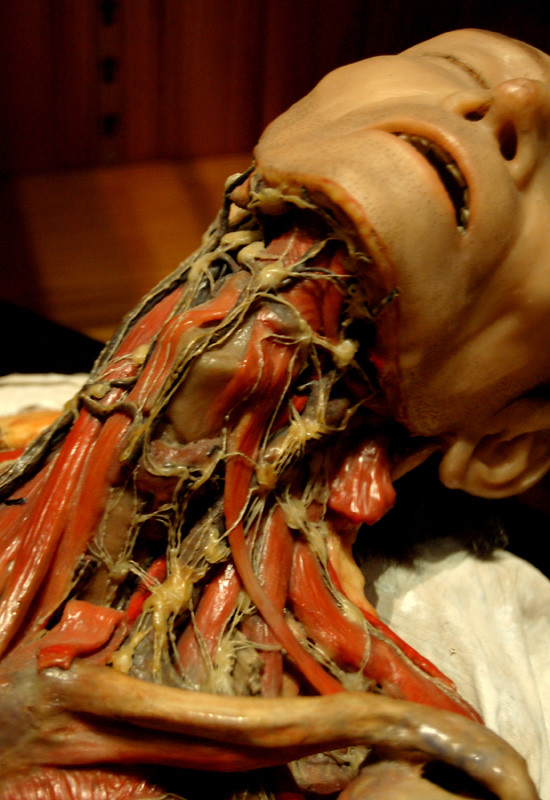

Chronic inflammatory conditions that can cause hepatic noncaseating granulomas include sarcoidosis, Crohn’s disease, primary biliary cirrhosis, Whipple’s disease, copper poisoning, lymphomas, secondary syphilis. The above findings were most consistent with a chronic inflammatory condition.

A: Anterior P: Posterior R: Right L: Left. No evidence of pneumatosis is seen on computed tomography scan.
Shotty retroperitoneal lymph nodes free#
Bone marrow biopsy showed hypocellular marrow with mild megaloblastic changes but no evidence of infiltrative changes.Ī: Abdomen and pelvis showing massive hepatosplenomegaly at initial presentation B: Chest at initial presentation demonstrating extensive bilateral emphysematous changes C: Abdomen revealing pockets of free air consistent with perforation. Hgb was 13.9 g/dL, platelet count 220 thousand/µL, and WBC 4.5 thousand/µL.
Shotty retroperitoneal lymph nodes full#
Full body positron emission tomography (PET) scan revealed no foci of abnormal uptake. Outside hospital records from 5 years prior to current admission were obtained. Co-expression of abnormal antigens, antigen deletion, or light-chain clonality was not detected. Immunophenotyping did not show diagnostic abnormalities of the B- or T-cells. Extensive bilateral centrilobular emphysematous changes were noted (Figure 1B). CT chest revealed a subcentimeter enlargement of mediastinal lymphnodes that were pathological in number. Shotty retroperitoneal, upper abdominal and mesenteric lymphadenopathy was noted. Tuberculin purified protein derivative and sputum acid fast smear were negative.Ībdominal computed tomography (CT) revealed a markedly enlarged liver and spleen each measuring 24 cm with distended portal and splenic veins (Figure 1A). Anti-mitochondrial antibody, hepatitis panel, anti-nuclear antibody, human immunodeficiency virus, epstein-barr, and rapid plasma reagin serologies were negative. On presentation he was pancytopenic, with an elevated alkaline phosphatase, gamma glutamyl transpeptidase, total bilirubin and angiotensin converting enzyme (ACE) level. The right eye showed an irregular opacity and photophobia. Liverspan was approximately 25 cm and spleen was easily palpable. His physical exam revealed severe tenderness over the right side of the abdomen. His prior occupation involved working with copper products. He has a 15 pack year smoking history and denies any illicit drug use. He was initially evaluated multiple times at an outside hospital, but could not remember his specific diagnosis. He reported waking in the middle of the night coughing. He also described a chronic cough with occasional dark brown phlegm. Since the onset of symptoms five years ago, he reported watery loose bowel movements after meals, fevers up to 102F, night sweats, a 50lb unintentional weight loss, decreased visual acuity in his right eye and associated photophobia. It was particularly aggravated by movement and coughing. The week prior to admission the pain was significantly worsening. The pain begin approximately five years ago and has waxed and waned since. Furthermore this case has the unique features of emphysematous lung changes and pancytopenia which are uncommon with sarcoidosis.Ī 39-year-old male presented with right lower quadrant abdominal pain that ranged between 5-9/10 severity and was diffusely located in both the right upper and lower quadrants of the abdomen. The etiology of pneumatosis cystoides intestinalis in this case was likely multifactorial and involved both effects of the corticosteroids as well as the advanced nature of the gastrointestinal sarcoidosis. This represents the first reported association between pneumatosis cystoides intestinalis and sarcoidosis. He underwent a cecectomy and pathology revealed pneumatosis cystoides intestinalis. The patient symptomatically improved but 5 mo later presented with abdominal pain caused by perforation of the cecum. The patient was diagnosed with extrapulmonary sarcoidosis and was treated with prednisone. Liver biopsy showed non caseating granulomas. Computed tomography revealed massive hepatosplenomegaly and emphysematous lung changes. He was pancytopenic, had an elevated American council on exercise level, total bilirubin, and alkaline phosphatase. A 39-year-old male reported fevers, weight loss, watery loose stools, and decreased visual acuity in his right eye over the prior five years.


 0 kommentar(er)
0 kommentar(er)
